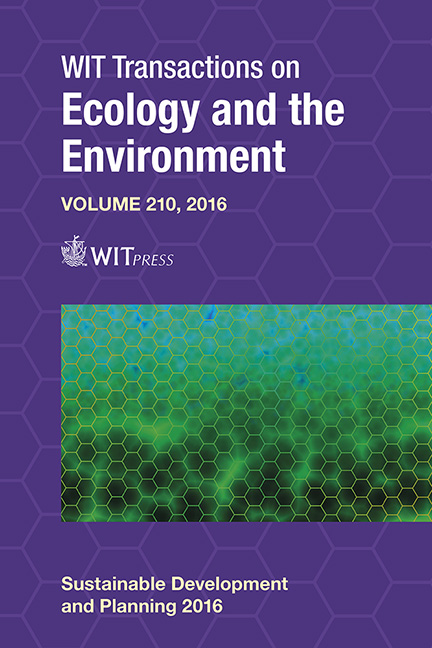Learning Environments In Armed Conflicts: Lessons Learnt From The Evolution Of School Design In Rwanda
Price
Free (open access)
Transaction
Volume
210
Pages
12
Page Range
275 - 286
Published
2017
Size
795 kb
Paper DOI
10.2495/SDP160231
Copyright
WIT Press
Author(s)
K. Kasmuri, S. S. Zubir, E. Hormias
Abstract
Through the evolution of school design in Rwanda, from before the onset of the 1994 genocide until its present development stage, it is discovered that this conflict had opened up opportunities to reevaluate, improve and innovate the overall education system. This is clearly manifested in Rwandan Ministry of Education (MinEduc)’s adoption of Child-Friendly Schools (CFS) guidelines and collaboration with United Nations International Children’s Emergency Fund (UNICEF) to develop design strategies and assessment tools of students’ performance. Recognizing this potential, this thesis aims to investigate the influence of learning environments affected by armed conflicts on children’s resilience and cognitive development. Quality of learning environments has long-term effects on the national human resource development as it affects the effectiveness of learning among students. In regards to the attributes of physical learning environment in schools in Rwanda, the methods include exploring its five key aspects – planning, typology, construction, environmental and sociological – within the timeframe of before, during and after the genocide occurred. Two case studies that bear substantial architectural and cultural significance have been reviewed in these aspects. Findings show that the potential of overcoming the qualitative challenges of school design in armed conflicts is highly relative to the interpolation of understanding natural surroundings, accessibility to suitable building materials and construction method, community involvement and policy making.
Keywords
learning environment, school design, resilience, armed conflict, children’s cognitive development





